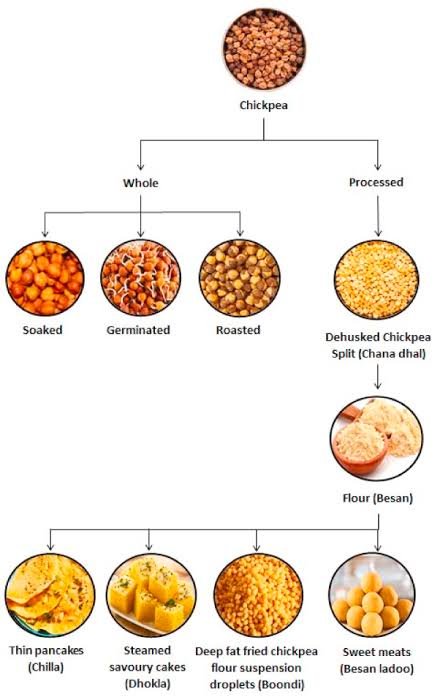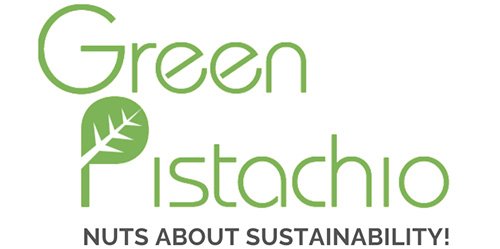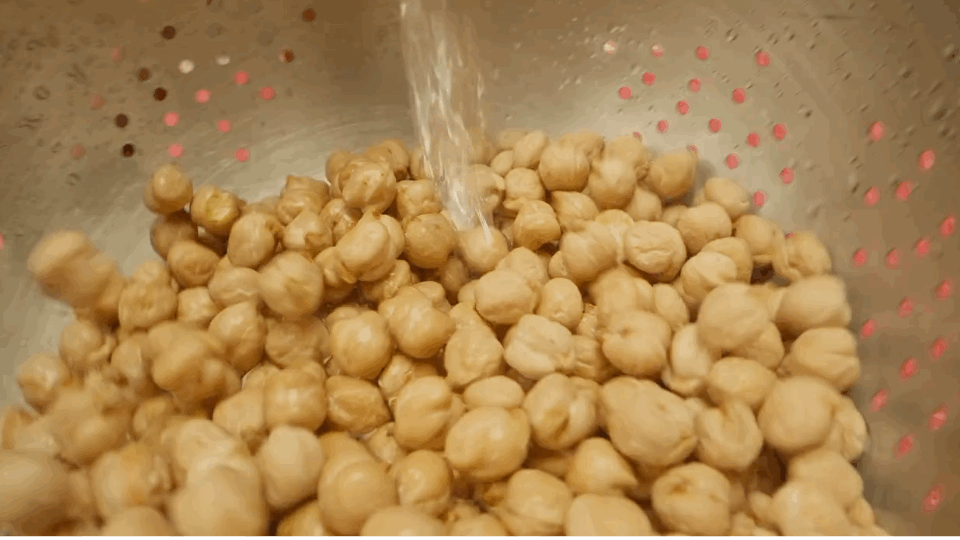How The Simplistic Little Cicero Became An Unbelievably Strong Superfood
Once upon a time, in the humble legume family, there lived a small but mighty bean known as the chickpea. Little did this unassuming pulse know that it would grow up to become a global superfood sensation. Let’s dive into the remarkable journey of how the simplistic little Cicero bean flexed its nutrient-packed muscles to become an unbelievably strong superfood.
The Name Game: A Chickpea by Any Other Name…
The chickpea, known scientifically as *Cicer arietinum*, has a name as rich in history as its nutritional profile. The moniker ‘chickpea’ is derived from the Latin word ‘cicer.’ As for ‘garbanzo,’ another popular name for this legume, it’s a bit of a linguistic globetrotter, with roots in Old Spanish. But whether you call them chickpeas, garbanzo beans, or Bengal gram, these legumes are nothing short of spectacular.
A Peasful History: From Ancient Times to Your Dinner Plate
Chickpeas are no new kids on the block. They’ve been strutting their stuff since around 7,500 BC in the Middle East. These ancient beans have been found in archaeological digs in the Fertile Crescent, and they were a staple in the diets of Greeks and Romans. Fast-forward a few thousand years, and chickpeas have taken the world by storm, featuring in culinary classics from Indian chana masala to the Middle Eastern hummus and falafel.
More Than Just Hummus: Chickpeas’ Versatile Career
Chickpeas are the Meryl Streep of legumes – versatile, beloved, and seemingly good at everything. Beyond the classic hummus, they can be roasted for a crunchy snack, ground into flour for baking, or tossed into salads and stews. And let’s not forget their role in vegetarian and vegan dishes, where they stand in for meat with grace and gusto.
Varietal Variety: The Superfood Chickpea’s Family Tree
Within the chickpea family, there’s enough diversity to rival any royal lineage. From the common ‘Kabuli’ variety, with its large, cream-colored beans, to the smaller, darker ‘Desi’ type, chickpeas come in all shapes and sizes. But it’s not all smooth sailing for these beans. Threats like drought, disease, and pests loom large, and scientists are working on genetic modifications and breeding programs to ensure that chickpeas can continue to thrive and nourish us for generations to come. In conclusion, the chickpea’s journey from a wild bean to a kitchen staple is a tale of resilience and versatility. As we continue to seek sustainable and nutritious food sources, this little legume stands tall as a testament to the power of plant-based eating. Whenever you pop a chickpea into the pan, take a moment to appreciate the incredible odyssey of this unassuming but mighty superfood. And who knows? Maybe one day, we’ll all be telling our grandkids the legendary story of the mighty Cicero bean and its diverse heritage.
Nutritional Knockout: The Power-Packed Profile
When it comes to nutrition, chickpeas are like the Swiss Army knife of the food world. They’re loaded with plant-based protein, boasting about 15 grams per cooked cup. But the chickpea’s prowess doesn’t stop there. These beans are also brimming with fiber, iron, folate, phosphorus, and potassium. They’re like the nutritional equivalent of a superhero team, fighting off villains like hunger and malnutrition with every bite.



Beans for Beings: Benefits for All Walks of Life
Chickpeas don’t just benefit the human species. Their nitrogen-fixing abilities make them a gift to the soil, enriching it for future crops. This little legume is also a friend to farmers, as it can thrive in arid conditions where other crops might falter. And for our animal pals, chickpeas serve as a nutritious feed that’s both sustainable and economical.
The Global Garbanzo: Nurtured and Loved The World Over
The chickpea is a global superstar, and its production and consumption statistics are as impressive as its nutrient content. Globally, over 14 million metric tons of chickpeas are produced annually, with India leading the charge, contributing around 70% of the world’s supply. But the love for chickpeas isn’t confined to any borders; they’re relished in every corner of the world, from the Americas to Australia. The United States, Australia, and Canada are also significant producers, each with a growing taste for these versatile beans. Chickpeas have become a staple not only for their flavor but also for their role in food security. They are a key ingredient in many plant-based diets, which are on the rise as more people turn to vegetarian and vegan lifestyles. In fact, the global plant-based protein market is expected to soar to $14.5 billion by 2025, and chickpeas are poised to take a significant slice of that pie.
Under Threat: Protecting Our Precious Pulses
Despite their hardiness, chickpeas face their share of threats. Climate change brings about unpredictable weather patterns, which can lead to droughts or floods, both of which are detrimental to chickpea crops. Diseases like Fusarium wilt and pests such as the pod borer also pose significant risks. To combat these threats, agricultural scientists and farmers are working together on sustainable initiatives, such as developing disease-resistant strains and implementing integrated pest management practices.
Sustainable Agriculture: The Chickpea’s Knight in Shining Armor
Sustainable agriculture is the hero we need to protect our precious food crop species like the chickpea. By adopting practices such as crop rotation, conservation tillage, and organic farming, we can reduce the environmental impact and ensure that the soil remains healthy and fertile for future harvests. These methods not only help in preserving the biodiversity of crops but also play a crucial role in mitigating the effects of climate change. Organizations worldwide are championing the cause of sustainable agriculture, recognizing that the health of our planet and the security of our food supply are inextricably linked. International bodies like the Food and Agriculture Organization (FAO) of the United Nations are at the forefront, promoting agricultural innovation and resilience as key strategies for a food-secure future. In the grand narrative of the chickpea, its role as a superfood is just one part of the story.
The bigger picture is about how we, as a global community, can work together to protect and sustain the rich diversity of our food crops. By supporting sustainable agriculture, we’re not just ensuring that we can continue to enjoy our beloved chickpeas; we’re also safeguarding the environment and the well-being of generations to come.
So the next time you savor a spoonful of creamy hummus or snack on crispy roasted chickpeas, remember that these little beans are at the heart of a much larger, global effort to nurture the earth and its inhabitants.







2 Comments
Monsoon Memo: Why It's Better To Skip The Scales! - Green Pistachio
11 months ago[…] of being “fishy”? Try exploring alternative protein sources. How about a lentil curry or a chickpea salad? Or, if you’re feeling adventurous, take a plunge into the world of plant-based seafood […]
Protein Shift Challenge: Better Choices For A Brighter Future - Green Pistachio
8 months ago[…] lentil pasta or crispy tempeh stir-fry can just become your new staple. Whether it’s a zesty chickpea salad or a rich black bean chilli, these whole-food heroes pack a serious protein punch. They […]